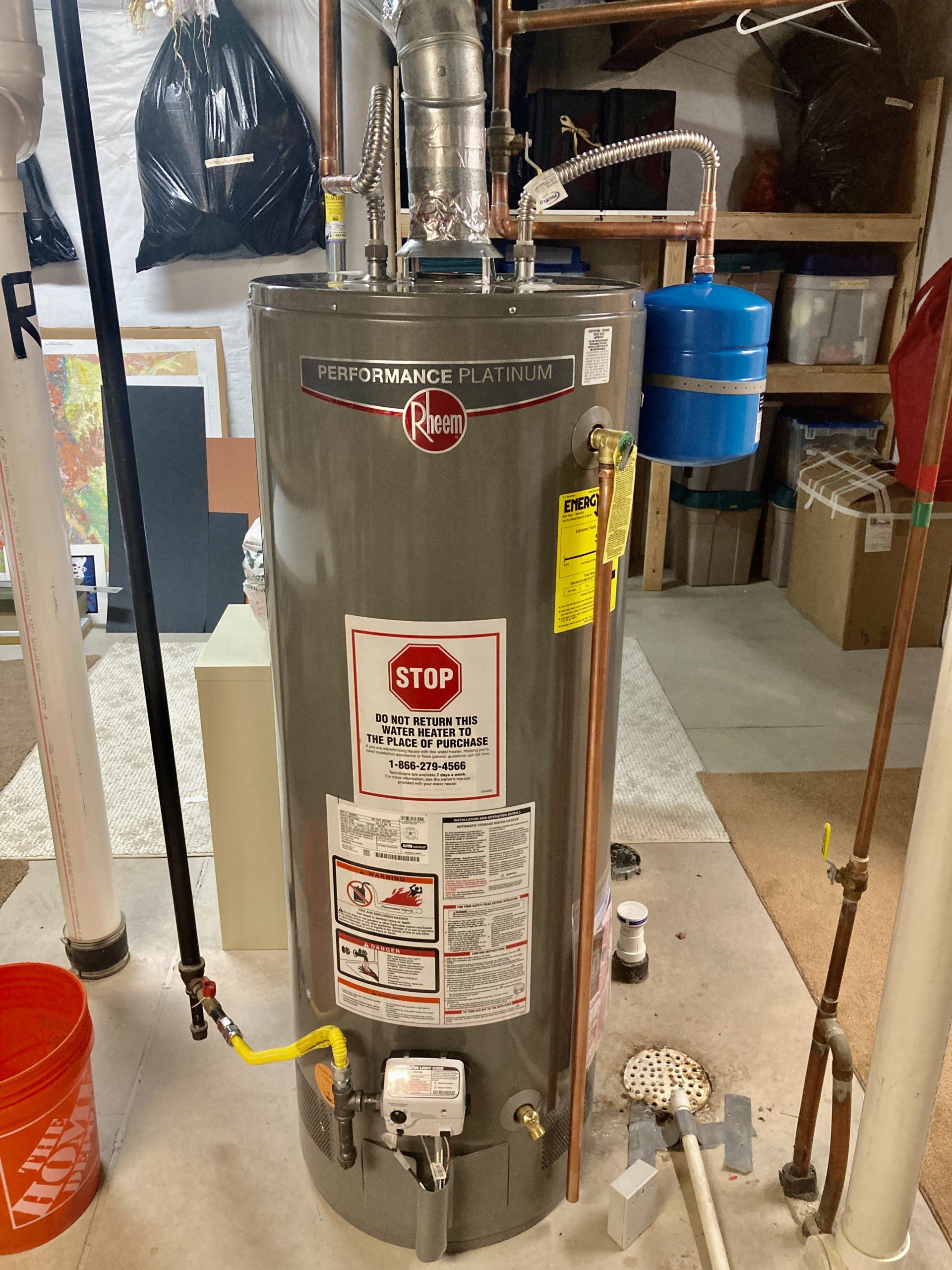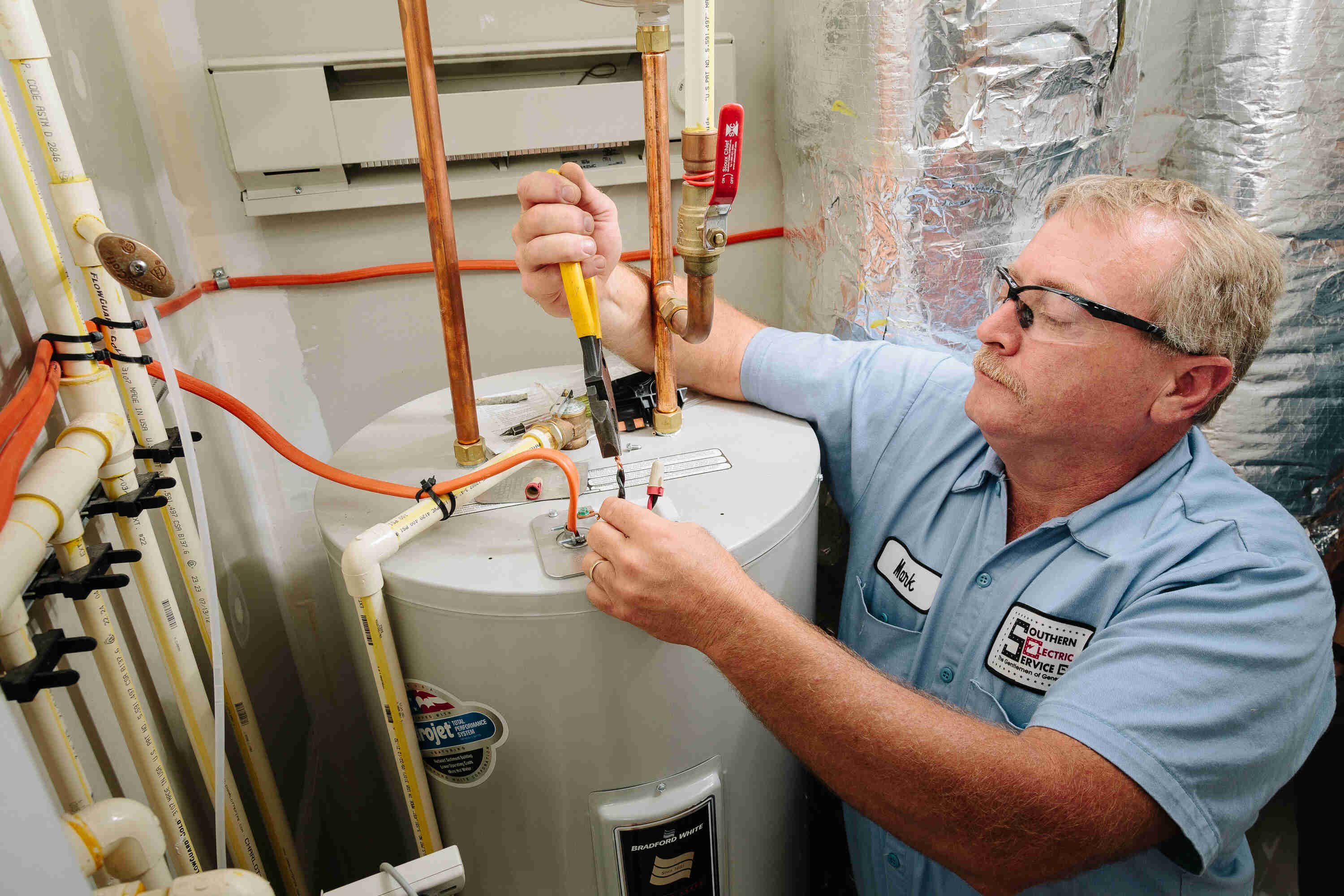Have you been searching for related information around Tips on Maintaining a Water Heater?

Warm water is essential for day-to-day convenience, whether it's for a revitalizing shower or cleaning recipes. To guarantee your warm water system runs successfully and lasts much longer, normal upkeep is crucial. This post offers useful tips and understandings on just how to keep your home's warm water system to prevent interruptions and costly repair work.
Intro
Keeping your home's warm water system may appear difficult, yet with a couple of straightforward actions, you can guarantee it runs efficiently for years to come. This guide covers everything from understanding your warm water system to do it yourself upkeep pointers and knowing when to employ specialist aid.
Relevance of Keeping Your Hot Water System
Routine upkeep not just expands the lifespan of your hot water system but likewise guarantees it operates effectively. Ignoring upkeep can bring about lowered efficiency, higher energy bills, and even premature failing of the system.
Indications Your Warm Water System Demands Upkeep
Recognizing when your warm water system requires focus can protect against significant problems. Look out for signs such as irregular water temperature level, unusual noises from the heater, or corroded water.
Recognizing Your Warm Water System
Before diving into upkeep jobs, it's valuable to comprehend the basic components of your warm water system. Normally, this includes the hot water heater itself, pipelines, anode rods, and temperature controls.
Month-to-month Maintenance Tasks
Normal regular monthly checks can help capture small issues prior to they intensify.
Flushing the Water Heater
Purging your water heater removes debris accumulation, boosting effectiveness and prolonging its life.
Monitoring and Changing Anode Rods
Anode rods protect against rust inside the tank. Inspecting and changing them when worn out is crucial.
Checking and Changing Temperature Level Setups
Adjusting the temperature level settings ensures optimal efficiency and security.
Do It Yourself Tips for Maintenance
You can do several maintenance jobs yourself to maintain your hot water system in top problem.
Checking for Leakages
On a regular basis inspect pipelines and connections for leakages, as these can lead to water damages and higher expenses.
Testing Stress Relief Valves
Checking the pressure safety valve ensures it works correctly and stops excessive stress build-up.
Protecting Pipelines
Protecting warm water pipes minimizes heat loss and can conserve power.
When to Call an Expert
While do it yourself maintenance is helpful, some issues need specialist knowledge.
Complex Problems Needing Specialist Help
Examples include major leaks, electrical issues, or if your hot water heater is constantly underperforming.
Regular Professional Upkeep Conveniences
Specialist maintenance can consist of detailed evaluations, tune-ups, and making sure conformity with safety requirements.
Verdict
Regular maintenance of your home's warm water system is crucial for efficiency, durability, and price financial savings. By following these suggestions and recognizing when to look for professional assistance, you can make sure a trusted supply of warm water without unexpected disruptions.
How to Maintain an Instant Hot Water Heater
Before tinkering with your hot water heater, make sure that it’s not powered on. You also have to turn off the main circuit breaker and shut off the main gas line to prevent accidents. Also turn off the water valves connected to your unit to prevent water from flowing into and out of the appliance. 2. When you’re done, you have to detach the purge valves’ caps. These look like the letter “T†and are situated on either side of the water valves. Doing so will release any pressure that has accumulated inside the valves while at the same time avoid hot water from shooting out and burning your skin. 3. When the purge valves’ caps are removed, you have to connect your hosing lines to the valves. Your unit should have come with three hoses but if it didn’t, you can purchase these things from any hardware or home repair shops. You can also get them from retail stores that sell water heating systems. Read the user’s manual and follow it to complete this task properly. When the hosing lines are connected, open the purge port’s valves. 4. You should never use harsh chemical cleaners or solutions when cleaning your unit. Make use of white vinegar instead. It should be undiluted and you’ll probably use about 2 gallons. 5. Now flush your water heater. This task should probably take about 40 minutes. We can’t give you specific directions for this because the procedure is carried out depending on the type, model and brand of your heater. With that being said, refer to the user’s manual. 6. When you’re done draining the unit, you have to turn off the purge port valves again. Remove the hosing lines that you earlier installed on each of the water valves. Put the valve caps (purge port) back in their respective places and be very careful so as not to damage the rubber discs that are found inside these caps. 7. Now that everything’s back in place, check your user’s manual again to find out how to reactivate your water heating system. 8. Once it is working, turn one of your hot water faucets on just to let air pass through the heater’s water supply pipes. Leave the tap on until water flows smoothly out of it. https://www.orrplumbing.com/blog/2014/september/how-to-maintain-an-instant-hot-water-heater/

Hopefully you enjoyed reading our part on Tips on Maintaining a Water Heater. Many thanks for taking time to read through our blog post. You should take the time to share this content if you liked it. Thank you so much for taking the time to read it.
Call Today